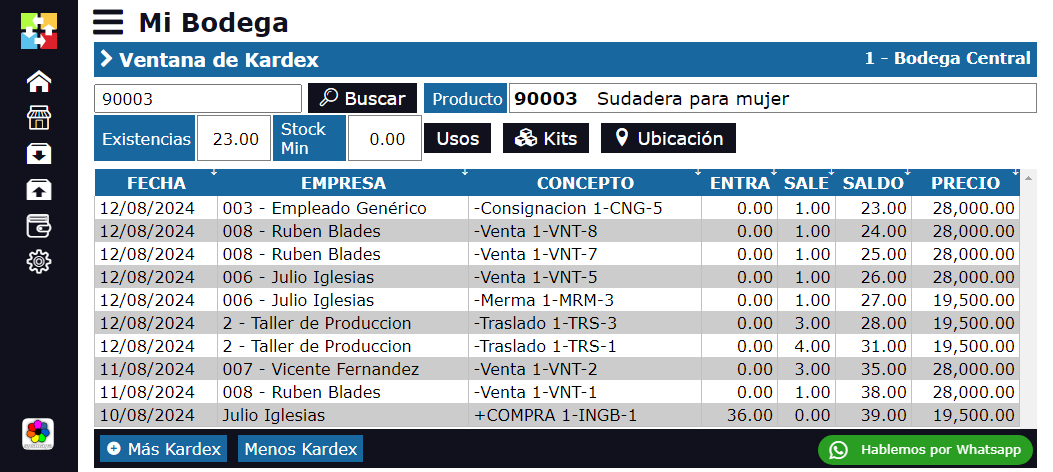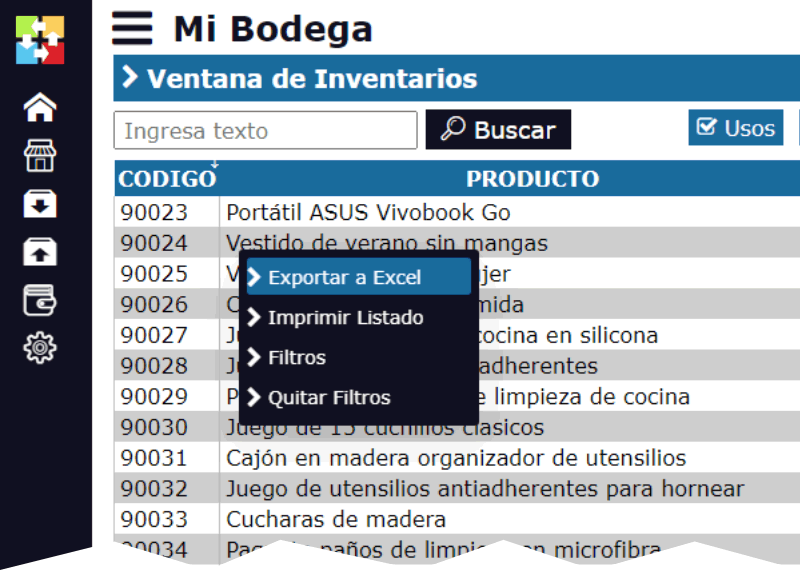Complete guide to implementing a Kardex system in your warehouse
Effective inventory management is essential for the success of any business that handles products. A Kardex system is a proven solution to improve organization and efficiency in inventory management. This article offers a complete guide on how to implement a Kardex system in your warehouse, from initial planning to execution and optimization.

1. Understanding the Kardex System
Before implementing a Kardex system, it is crucial to understand what it is and how it works. The Kardex system is a method of inventory management based on organized records of product stocks. Its objective is to maintain precise control over inventory levels, facilitate tracking of product entries and exits, and provide detailed reports for decision making.
2. Evaluating Warehouse Needs
The first stage of implementation is evaluating the specific needs of your warehouse. Consider factors such as the type and volume of products you handle, the frequency of inventory movement, and space and storage requirements. This evaluation will help you determine how the Kardex system should be configured to adapt to your operations.
3. Selecting the Type of Kardex System
The Kardex system can be implemented in different ways, depending on the scale and complexity of your operations. The main types of Kardex systems include:
- Manual Kardex: Uses physical cards to record product information. Although it is more economical, it may be more prone to errors and less efficient.
- Automated Kardex: Uses software and technology to manage inventory records. Offers greater accuracy, efficiency, and ease in generating reports.
Choose the type of system that best suits the needs of your warehouse and your budget.
4. Designing the System Structure
Designing the structure of the Kardex system is a key step in implementation. Define how records will be organized, how products will be classified, and what information will be included in each record. The typical structure of a Kardex system includes:
- Product Number: A unique identifier for each item.
- Product Description: Detailed information about the product.
- Initial Quantity: The number of units in inventory at the start.
- Entries: Records of new product acquisitions.
- Exits: Records of sold or used products.
- Current Quantity: The number of units available in inventory.
5. Implementing the System
With the structure designed, it's time to implement the Kardex system in your warehouse. If you opt for a manual system, make sure all employees are trained in the use of Kardex cards. If you choose an automated system, work with software providers to set up the system and perform necessary integrations with your existing systems.
6. Training Staff
Successful implementation of the Kardex system requires training staff in its use. Ensure all employees understand how to register entries and exits, how to update records, and how to use any associated software. Adequate training is essential to ensure a smooth transition and avoid errors.
7. Monitoring and Adjusting
Once the Kardex system is implemented, it is essential to monitor its performance and make adjustments as needed. Monitor the accuracy of records, verify the consistency of information, and resolve any issues that arise. Use the reports generated by the system to identify areas for improvement and adjust the inventory management process accordingly.
8. Keeping the System Updated
Inventory management is a dynamic process, and it is important to keep the Kardex system updated to adapt to changes in warehouse operations. Regularly review the system structure, update product records, and adjust procedures to reflect new practices or requirements.
9. Benefits of the Kardex System
Implementing a Kardex system can offer numerous benefits to your warehouse, including:
- Accuracy in Inventory Management: Improves control over stock levels and reduces errors.
- Operational Efficiency: Optimizes the product registration and tracking process.
- Detailed Reports: Provides valuable data for strategic decision making.
- Cost Reduction: Minimizes costs associated with excess stock or stockouts.
A well-implemented Kardex system can transform the way you manage inventory in your warehouse, providing greater accuracy, efficiency, and control. Following this guide, you can establish a Kardex system that suits the needs of your business and contributes to more effective and profitable inventory management. The key to success lies in careful planning, appropriate implementation, and continuous monitoring to ensure the system functions optimally.






